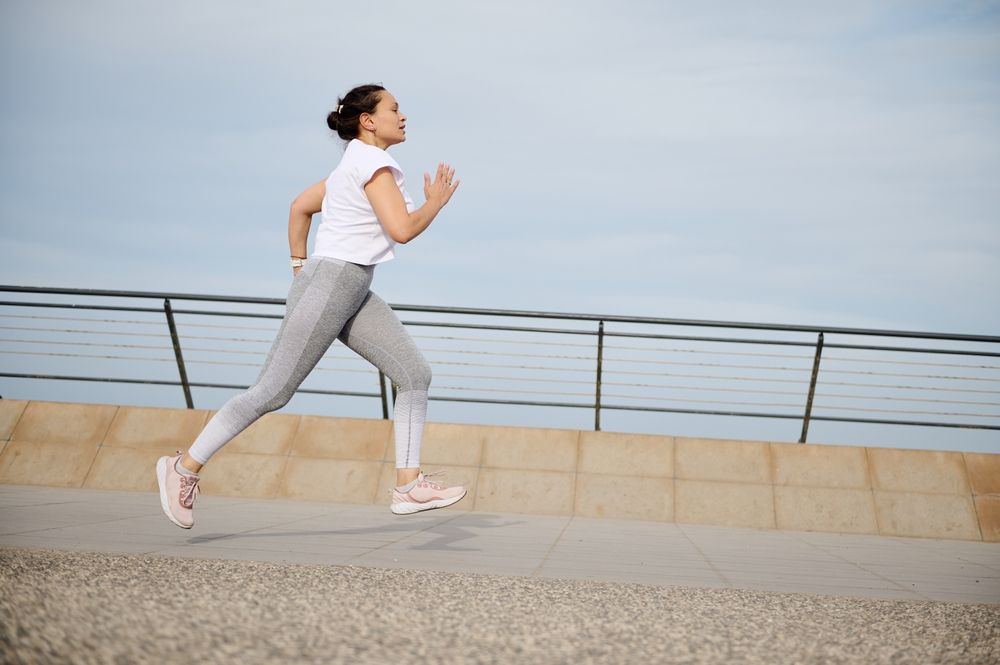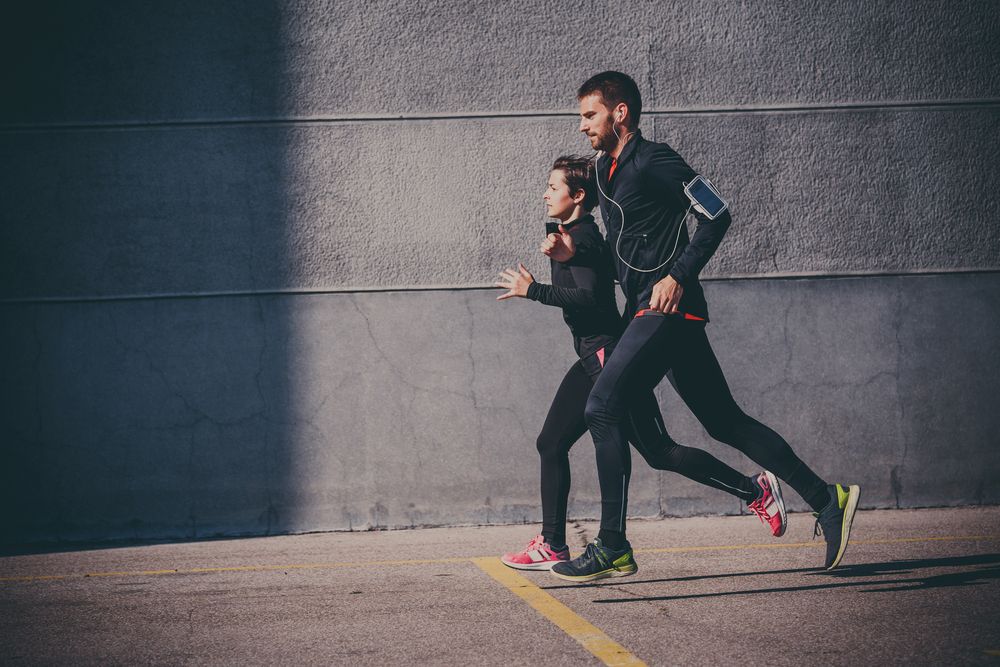Picture this: You're out on a crisp morning, the sun just peeking over the horizon, and you're starting your latest fitness journey. Maybe you're an avid runner, feeling the rhythmic beat of your feet against the pavement. Or perhaps you've heard about the rising trend of "rucking"—walking with a weighted backpack—and you're curious about trying it. Both activities promise great workouts, but you may have one question on your mind: Rucking vs. running, which is more effective for weight loss?
As a sports performance coach and an enthusiastic hiker and runner, I've spent countless hours exploring the benefits of various workouts. I've seen clients transform their bodies and lives through tailored fitness programs, and I've personally experienced the highs and lows of both running and rucking. The debate between these two fitness methods often boils down to effectiveness, enjoyment, and sustainability. Each has unique advantages and challenges, helping you understand what fits best with your lifestyle and goals.
In this article, I'll explore the benefits of rucking and running, examining their impact on weight loss and overall fitness. By the end, you'll have a clear understanding of which activity might be the best fit for you and why.
The Benefits of Rucking

Rucking, simply put, is walking with a weighted backpack. While it may sound straightforward, this exercise offers substantial fitness benefits. One of the standout advantages of rucking is its low-impact nature. Unlike running, which can be harsh on the joints, especially for those with existing injuries or conditions, rucking provides a gentler alternative. The added weight increases the intensity of a regular walk without the jarring impact on your knees, hips, and ankles.
The Benefits of Running

Running is a classic cardio workout that has stood the test of time for good reason. It's one of the most efficient ways to burn calories, making it essential for weight loss. A vigorous run can rapidly burn through calories, making it a practical option for those looking to shed pounds quickly. Additionally, running boosts cardiovascular health by improving heart and lung function and increasing stamina.
Another significant benefit of running is its convenience and simplicity. All you need is a good pair of running shoes, and you can do it almost anywhere—around your neighborhood, on a treadmill, or through scenic trails.
Running also triggers the release of endorphins, the body's natural feel-good hormones, often referred to as the "runner's high." This mood-boosting effect makes running not only a physical activity but also a mental escape, enhancing overall well-being.
Rucking vs. Running: Which is More Effective for Weight Loss and Why?

When it comes to weight loss, both rucking and running have their merits, but the best choice depends on your preferences and physical condition. Running typically burns more calories in a shorter amount of time due to its high-intensity nature. If your primary goal is to lose weight quickly and you don't have any joint issues, running might be the more effective option. The high-calorie burn and improved cardiovascular health make running a powerful tool for weight loss.
On the other hand, rucking offers a sustainable, low-impact alternative that can be equally effective over time. While it might not burn calories as quickly as running, the added weight in rucking increases overall energy expenditure, making it a solid option for steady, consistent weight loss. Its versatility and reduced injury risk make rucking easier to stick with long-term, which is crucial for maintaining weight loss and overall fitness.
As a sports performance coach with extensive experience in both running and hiking, I've seen how different approaches can yield fantastic results. The key is to choose the activity you enjoy and can maintain consistently. Whether you're pounding the pavement or striding through trails with a weighted pack, the most important thing is to stay active, challenge yourself, and have fun with your fitness journey.

